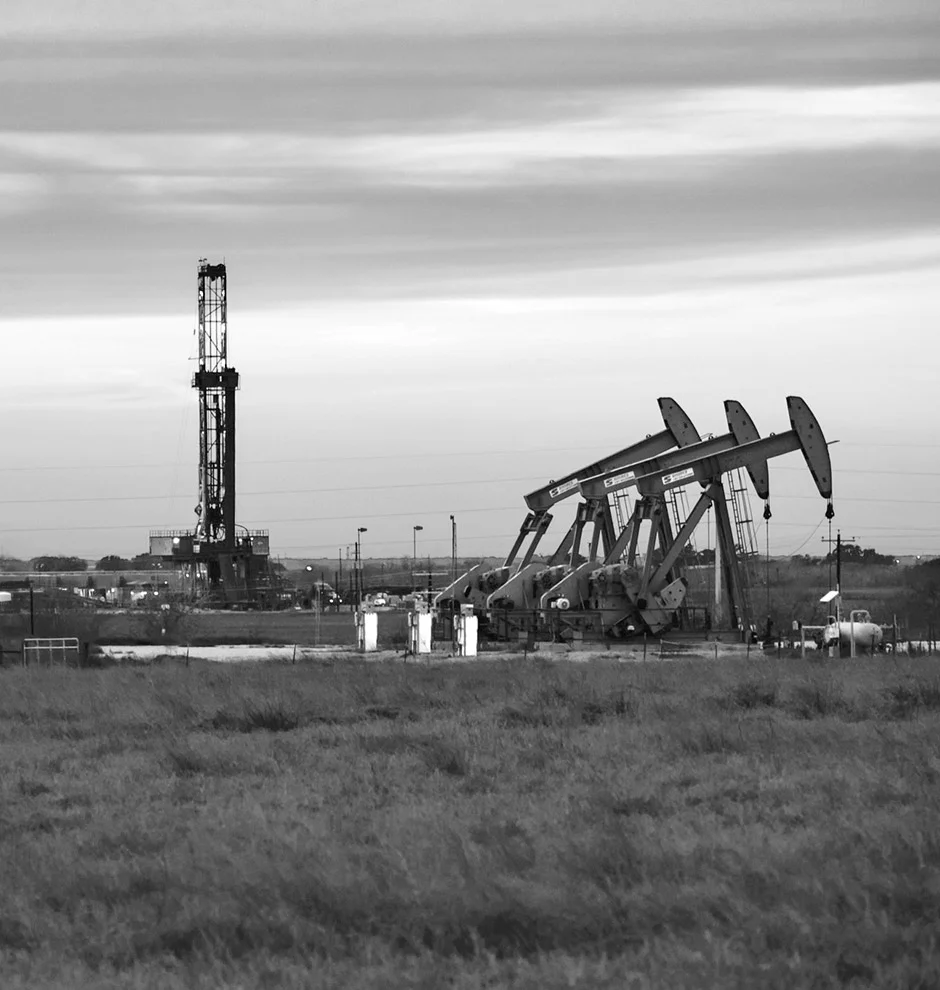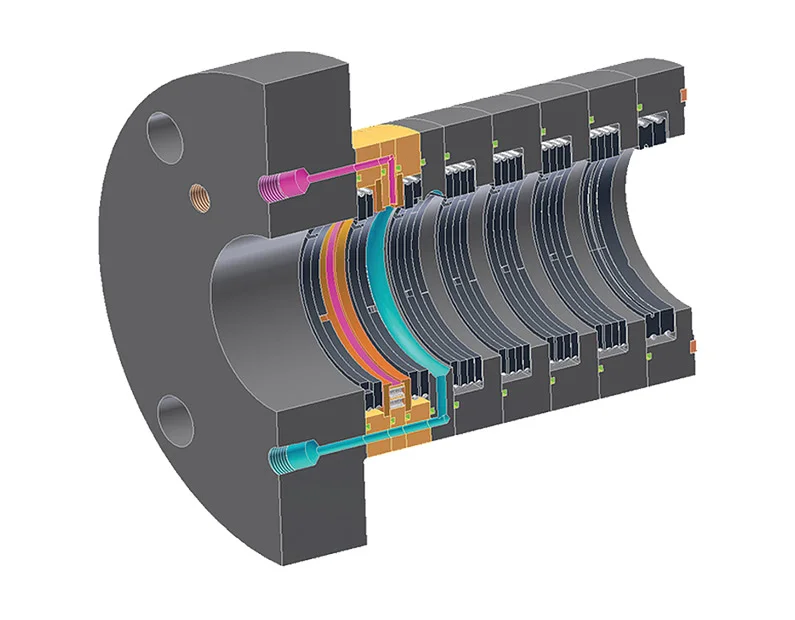Complex Challenges, Proven Solutions
Reciprocating compressors in natural gas gathering and processing must accommodate great variety in gas composition, including non-hydrocarbons such as hydrogen sulfide, carbon dioxide, and water vapor. Shale gas often contains particulates and contaminants that can shorten component life.
Add to this the use of portable compression equipment, or systems designed to be scalable as field pressure declines, and reciprocating compressors must cover a wide range of operability.
Challenges come from other areas as well, including regulatory requirements. Gas producers face national and local regulations regarding emissions and air quality, and reciprocating compressors are frequently targeted to meet reduction goals.
Cook Compression can partner with you to address these needs and other complexities unique to your application.









